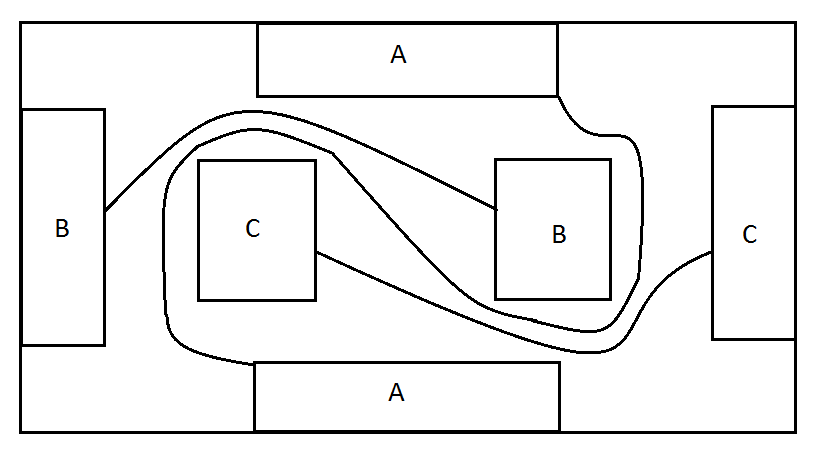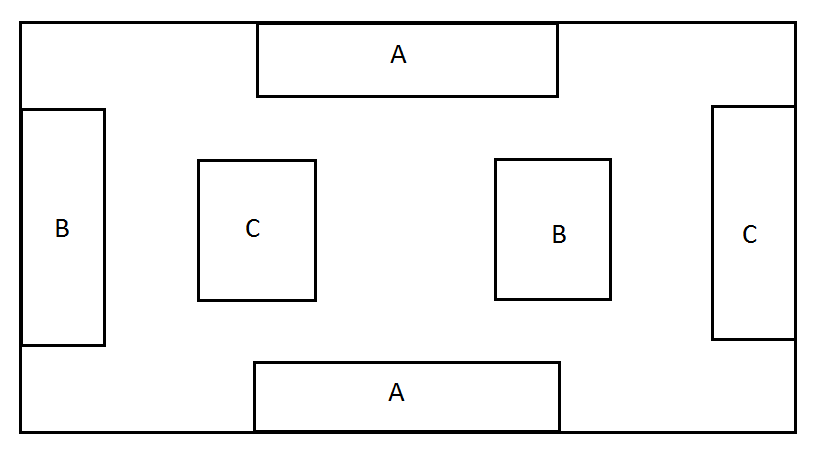How does lateral thinking work?
Think of lateral thinking as being much like humor in that it reveals unexpected and/or original outcomes that are not immediately apparent.
Riddle: Why did the Teddy Bear not eat his/her dinner?
There are lots of answers that fit the puzzle … “He wasn’t hungry” … “She didn’t like what was being served” … and many more.
“Dominant thinking” is a path that results from our experiences, education, and training. The answers we derive to the riddle are the result of “BLINKERED THINKING“.

Answer: The Teddy Bear was stuffed.
The unexpected answer reveals an alternative path had always been open that offers a humorous (or original/creative) answer.
Okay, let’s see how that might be a similar process to solving a problem.
Problem: How to distribute life-saving dehydration salts evenly and comprehensively throughout Africa to reduce the death rate among children suffering from diarrhea?
This was a real problem. The complexities of the various transport/distribution solutions were a nightmare and typically favored more developed and affluent regions with higher ratios of doctors, chemists,, hospitals etc. Too many (poorer) children were dying in less developed/remote regions.
Dominant thinking had reached an impasse.
Answer: Piggyback the distribution to an already evenly/widely distributed product … bottles of Coca-Cola (the most successfully distributed product in the world).
The earlier turnoff not recognized by “dominant thinking” was that you don’t need medical/professional expertise to deliver salts that require no medical supervision.
It seems obvious in retrospect, yes? Yet children died needlessly despite the good intentions of “experts”.
Now try this:
INSTRUCTIONS:
Use 3 separate lines (straight or curved) to join the boxes labeled with letters; a single line for each to join “A” to “A”, “B” to “B”, and “C” to “C”.
The lines cannot touch or cross each other.
They must stay inside the black lines of the diagram and cannot touch the sides.
They cannot touch or go through other boxes.
There’s no trick involved.
“Our “expertise” can sometimes work against us. It often limits our ability to derive new alternatives or generate original thinking”
CLUE:
You probably couldn’t solve the puzzle because of the prevailing, or “dominant”, thinking that we learn through life about two things:
-
“A” comes before “B” and “C;” and
-
The shortest distance between two points is a straight line.
In your mind, you likely first drew a straight line between the two “A” boxes.
At that point, you thought “it’s impossible”, or “there’s some sort of trick to this”. Your education and experiences were working against you.
The solution appears below
.
.
.
THE SOLUTION:

TAKEAWAY:
Lateral thinking is all about revealing alternatives that we usually fail to “see” because of our experiences, training, and education … because of our “dominant thinking”.
NEXT: Breaking the shackles of dominant thinking
Your first “disruptive” demonstration is in lesson 2 …
Random starting points
Click here for the meaning of “lateral thinking”

